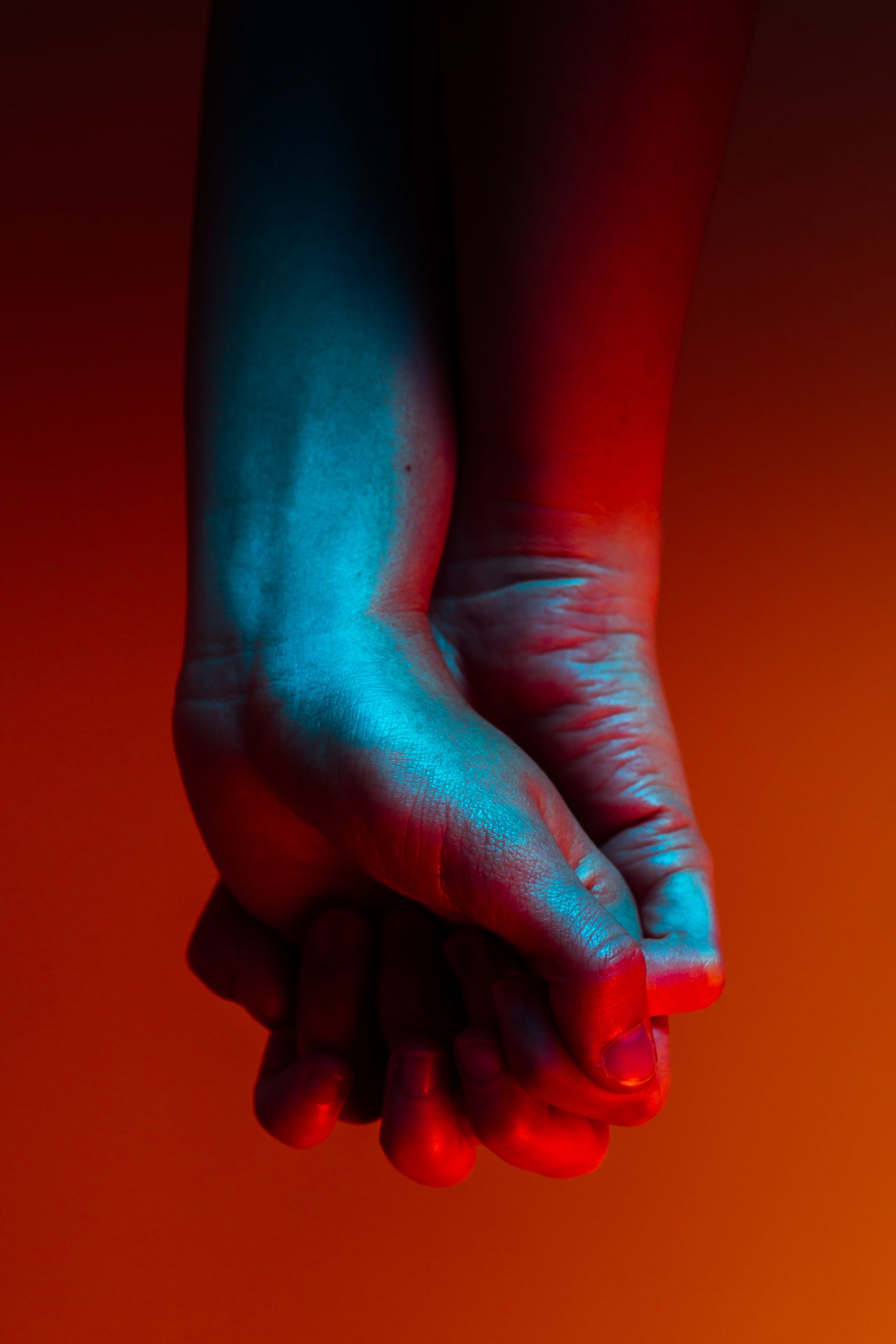Written by R. B.
Flowers, boxes of chocolates, hand-holding, and kisses in the rain never really did much for me. Like many queer people, I’d been told (and internalized) that when the right person came along, all of my feelings would change. I’d one day feel the butterflies in my stomach and the joy of a Disney princess wedding her beloved prince. Well, I’ve met some of the right people – a few of the wrong ones, too – and that’s not been the case.
I’m from a small, mostly white town that’s a little too far from any major cities to be considered suburban, but at the same time it’s not quite rural. While I knew what it meant to be gay by the third grade, there were very few openly queer people in my early life. I didn’t have any out role models to look up to or to explain the nuances of having a queer identity in this society.
Growing up in the 2000’s, Tumblr was the source for much of my queer knowledge. It’s where I’d found out that being bisexual was a valid sexual orientation. I found I wasn’t alone in being attracted to people of multiple genders. In fact, many people before me had been attracted to multiple genders, and they’d fought for the rights of people like me to live happily with whomever I so chose, regardless of my partner’s gender.
Aromantic – a person who experiences little to no romantic attraction to others
Tumblr wasn’t the least problematic place on the Internet, but it was a place where I could safely learn about queerness in private. And as bad as Tumblr’s algorithm may have been, it suggested a simple text post to me that changed my life. The post wrote:
Aromantic – a person who experiences little to no romantic attraction to others
I sat reading that post over and over as it began to dawn on me that that’s how I felt. Finally, I had found a word, a label, an identity to describe what I was feeling. With a sense of relief, I followed the blog who posted this simple text post and every other recommended blog with the signature green, white, grey, and black striped flag of the aromantics.
Intent on doing some more research on this term, I then typed the word “aromantic” into Google. Google asked, “did you mean aromatic?”. I ignored the search engine’s slight at my newly found label and continued searching.
I knew that I identified as bisexual, so I was apprehensive to learn from a site that might try to strip me of my already established sexual identity.
If you search the term “aromantic” today, you’ll get over 92 million hits, many from reputable sites like Heathline, WebMD, and Them. When I was conducting my search in the mid-2000’s, that was not the case. One of the only websites that discussed aromanticism was AVENwiki, a site focused on asexuality. I knew that I identified as bisexual, so I was apprehensive to learn from a site that might try to strip me of my already established sexual identity. Their page on aromanticism contained only a few paragraphs and discussed nuances to aromanticism. It explained aromanticism as a spectrum, similar to sexuality. Most importantly, it said:
“It’s important to notice that one’s sexual orientation and romantic orientation are two different things, so a person could be aromantic but still experience sexual attraction.”
Again, a rush of relief flooded my being. I didn’t have to be asexual to be aromantic, and I didn’t have to be alloromantic (AKA not aromantic) to be bisexual. I was valid in being a bisexual, aromantic person. Little did I know that my struggle with this label had just begun.
I remember the first time I came out to a partner as aromantic. He was a college boyfriend that I’d been with for a month or two. Our relationship had started as many of mine had – seeing people at night, leaving in the morning, and pretending it never happened during the daytime. As romantic evenings, expensive gifts, and grand gestures never interested me, this was my way of dating.
So, when I told my (now ex) boyfriend that I was aromantic, he thought I didn’t love him. He thought I was incapable of love.
After some time “dating”, I confessed that I loved him, which wasn’t a lie. When I spend intimate time with someone, I learn to love them as I love my close friends – no more, no less. At the time, I wasn’t out to him about being aromantic, and what I meant when I said “I love you” may have been misinterpreted as me wanting to be romantically involved with him.
In typical heteronormative fashion, my confession led to being exclusive, monogamous partners. So, when I told my (now ex) boyfriend that I was aromantic, he thought I didn’t love him. He thought I was incapable of love. He started to question if I’d been lying to him about my feelings and if our relationship had any worth at all.
The relationship ended shortly thereafter for a variety of reasons – his misunderstanding of my identity being one of them. Still, his doubts lingered in my mind. I knew what it meant to me to be aromantic, but how could I ever describe such a unique and deeply personal experience to another human being?
In the years since then, I’ve learned that I can’t describe what it means to be aromantic to someone else, and furthermore, I’m under no obligation to. Like with sexual attraction, romantic attraction is either felt in some capacity or it’s not. The absence of feeling isn’t easy to grasp, but by establishing boundaries around what makes me comfortable and what doesn’t, I’ve been able to successfully navigate relationships while feeling safe and valid in my aromantic identity.
About The Author
R.B. is an aromantic bisexual, who’s still exploring what gender identity means by accepting all pronouns. They spend their time writing, reading, and working on websites, when they aren’t out in the garden or hiking in the woods.

